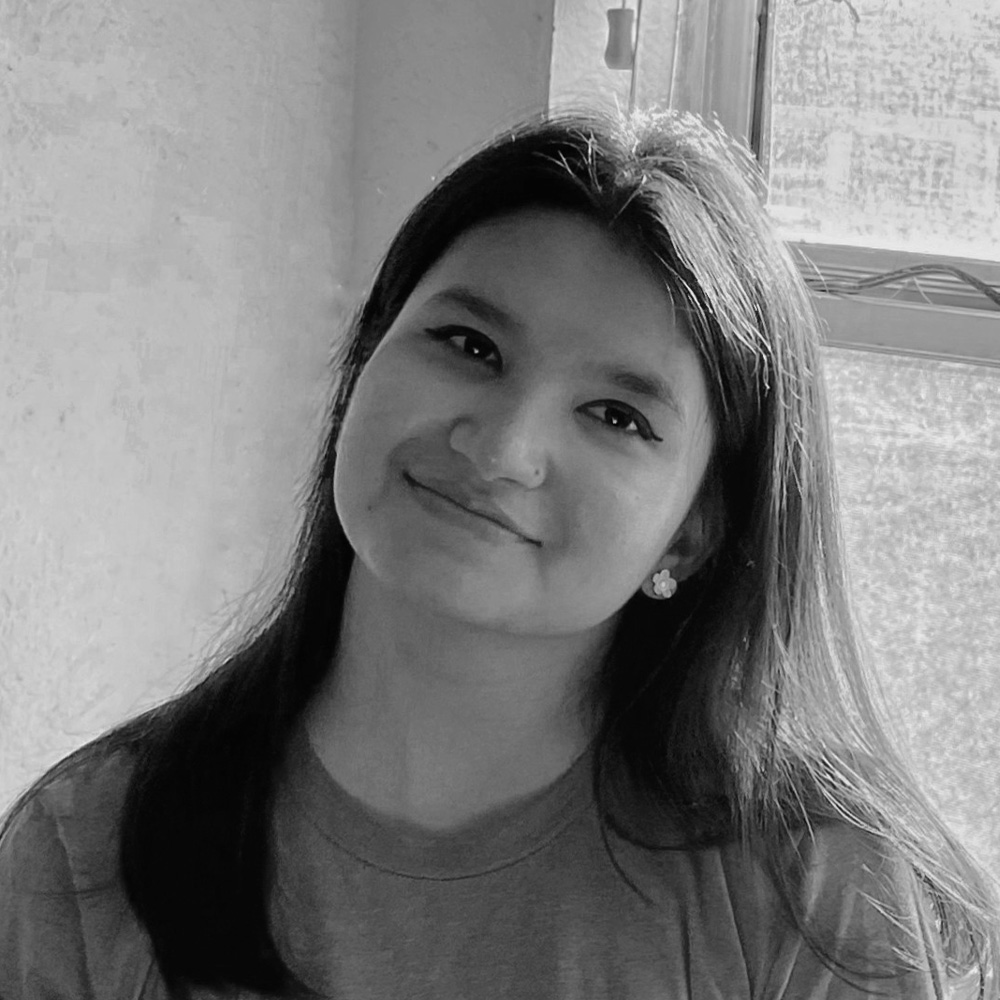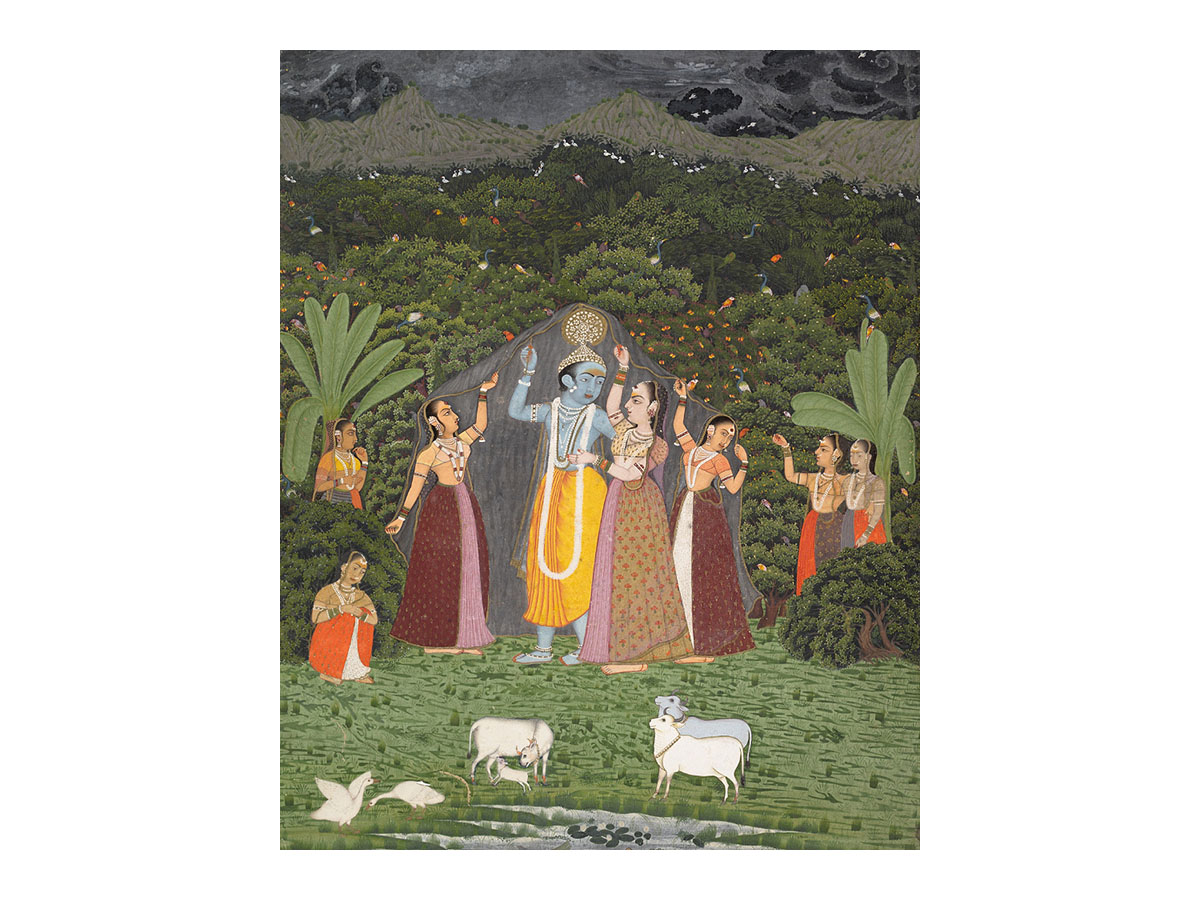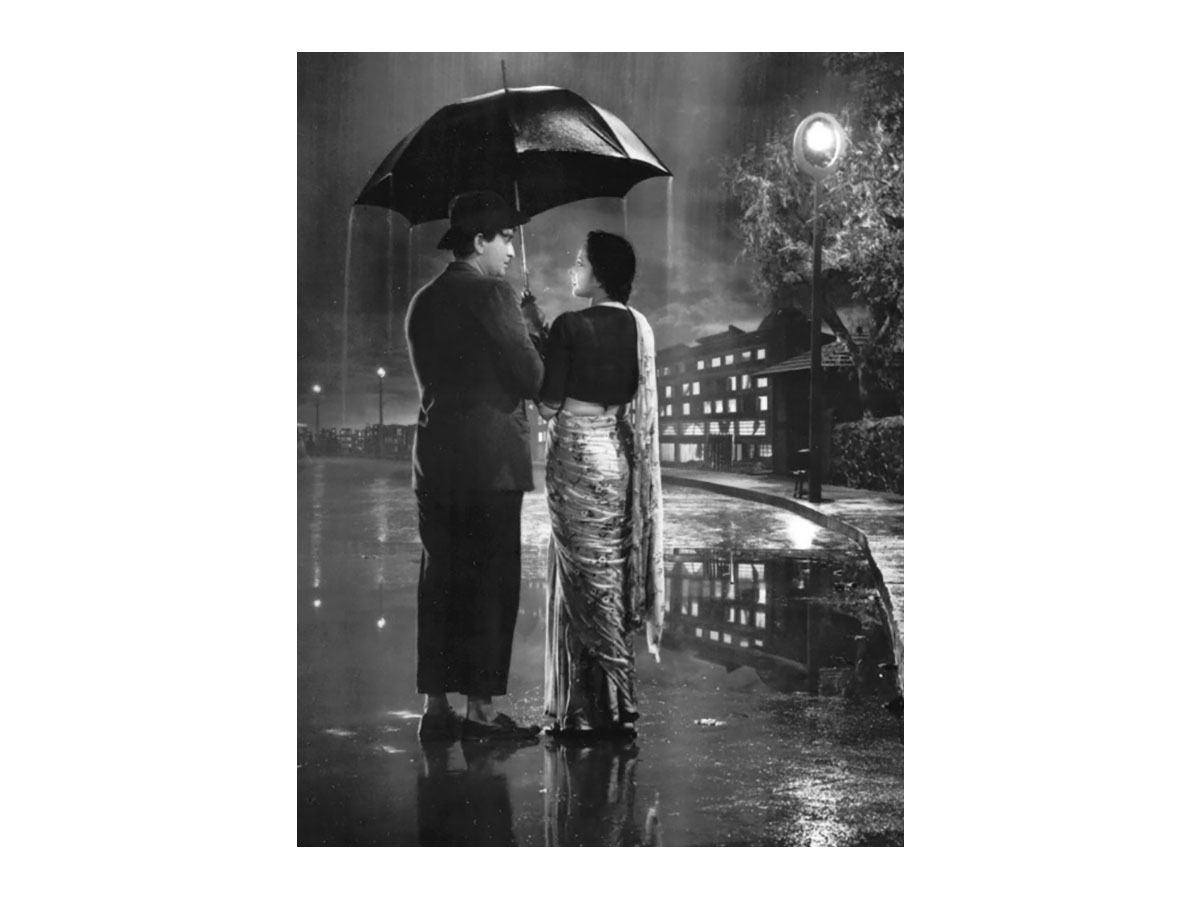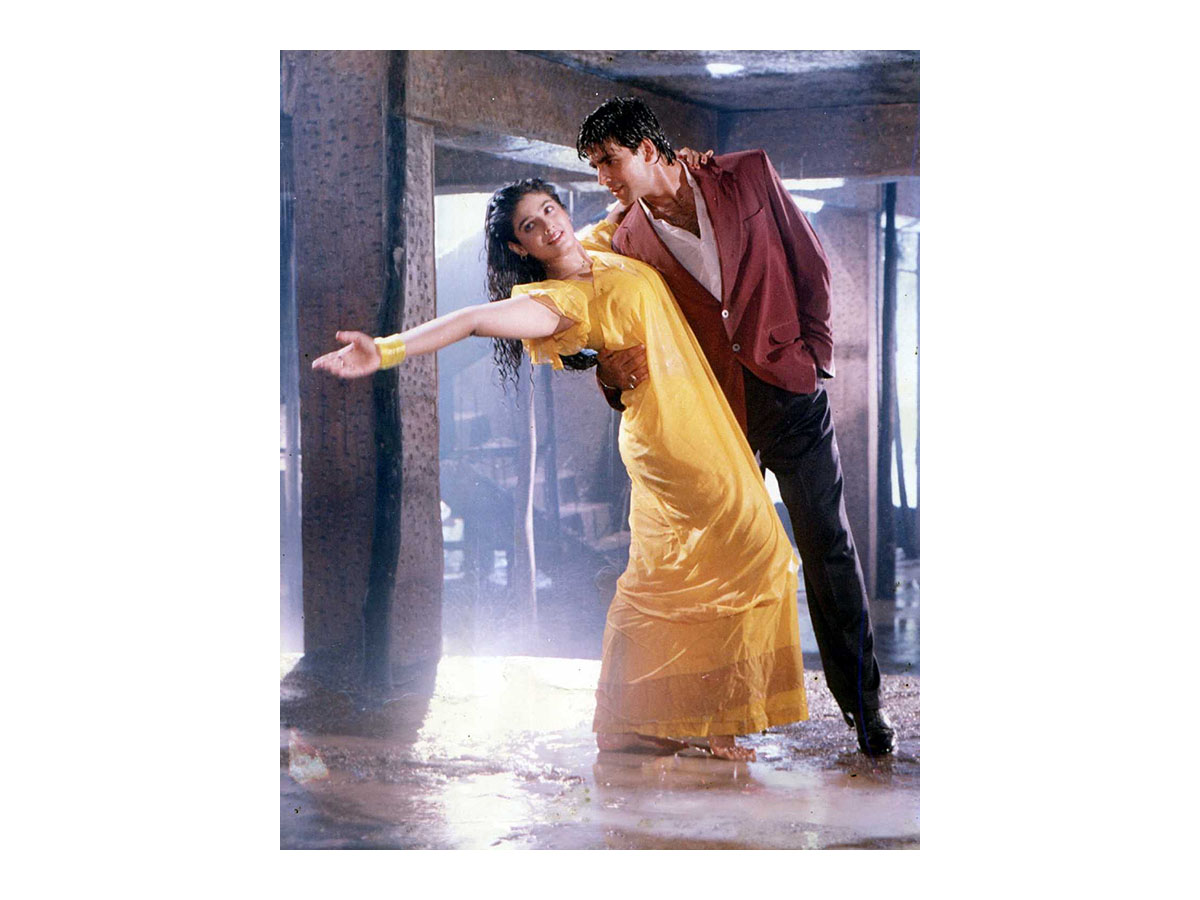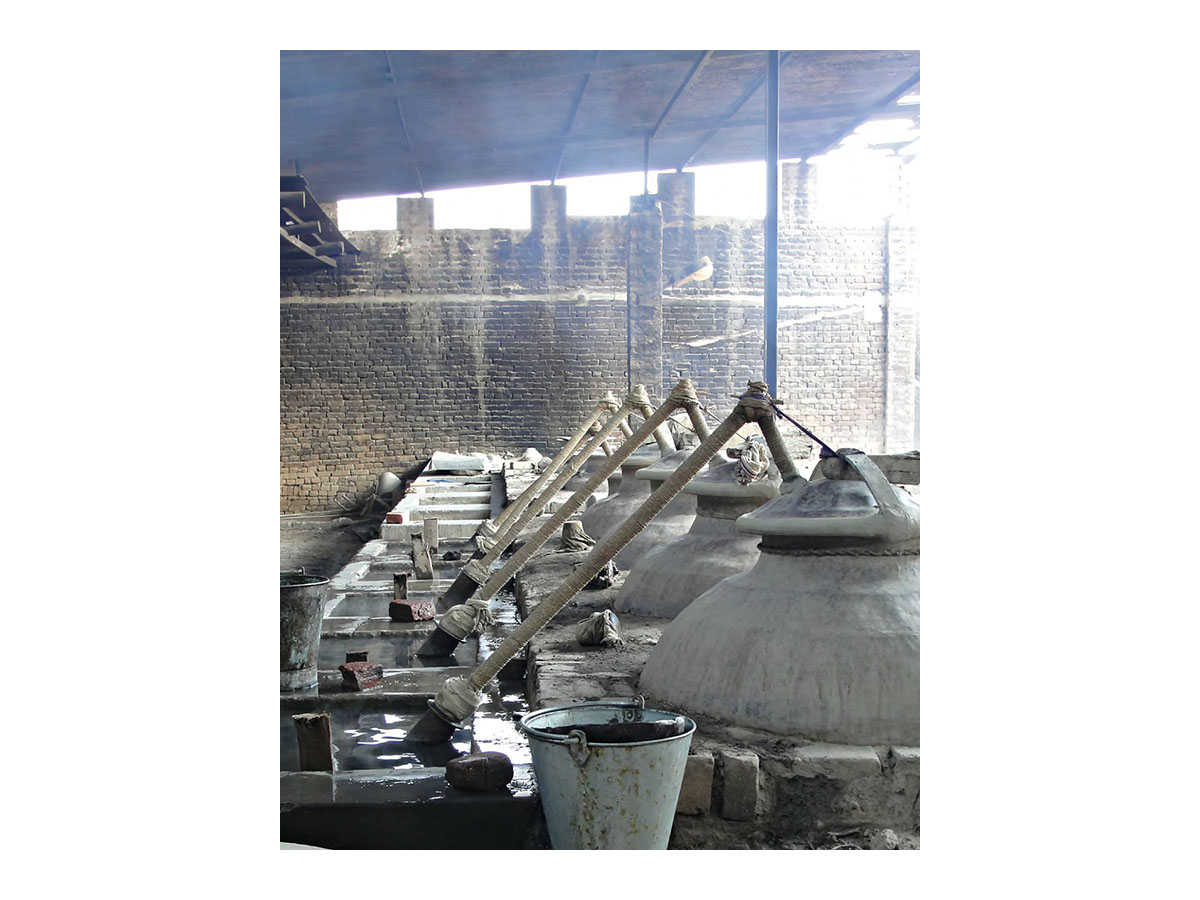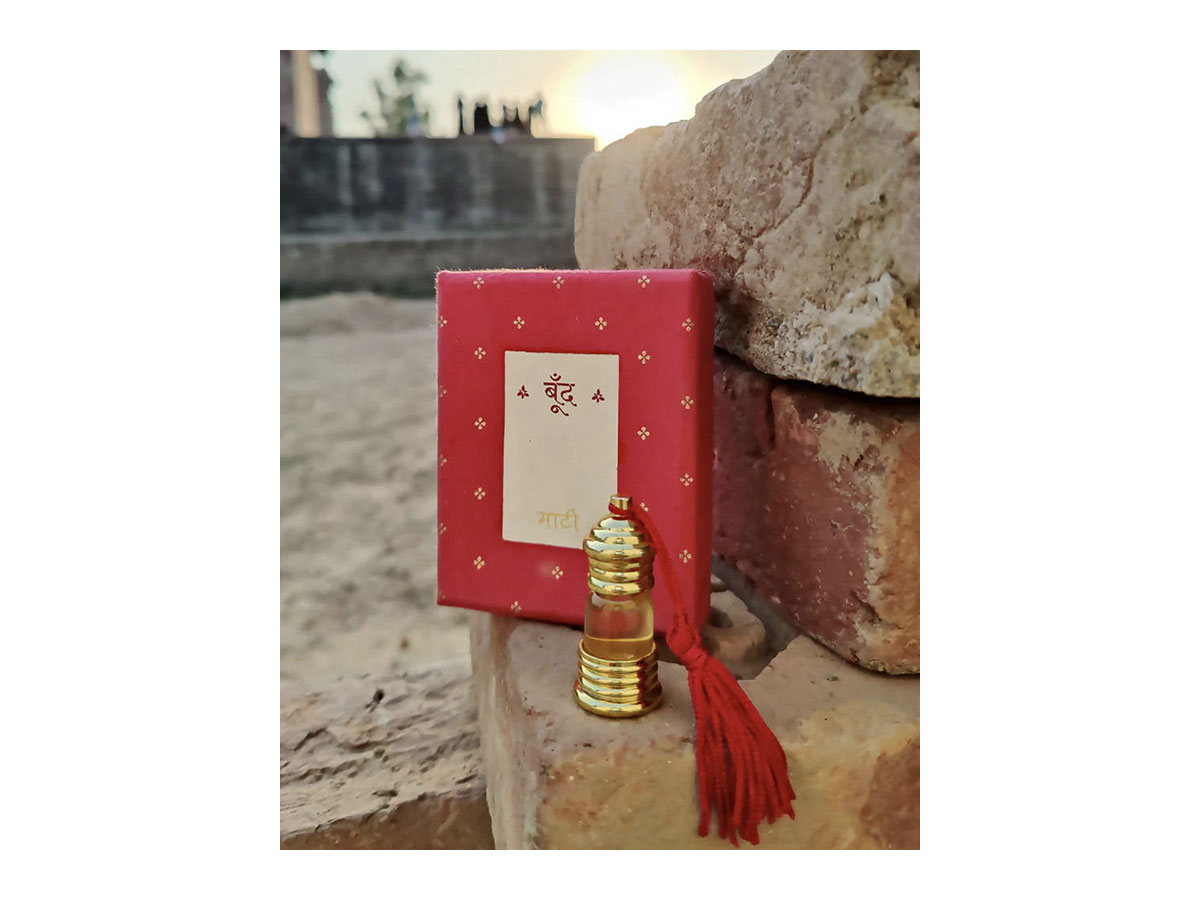PERSPECTIVES
Distilling Rain in Three Acts: Paint, Dance, Bottle
Monsoons in India herald a host of moods, emotions, and idiosyncratic practices — from consuming masala chai and pakode (fried vegetable fritters) to dancing Bollywood-style in the rain to relishing the unique smell of the rains hitting the soil. As an ode to this multi-sensorial season, this article explores three visual, embodied and affective experiences of rain in the socio-cultural history of India.
Painting the Brooding Dark Skies
In the painting “Krishna and the Gopis Take Shelter from the Rain” from the early nineteenth century, Krishna is dressed in a yellow dhoti, an orange shawl, and a peacock-feathered crown, dancing under thunderclouds and lightning streaks. He is surrounded by gopis singing and playing music on the veena, flute and drum, against a background of a lotus-filled pond flanked by flowers, trees and verdant bushes. The scene foregrounds a mood of passion and love, emerging in the rainy season.
Megh Malhar is one of the ragas — a melodic framework — in the centuries-old musical system of India. Believed to have the power to invoke downpours when sung with commitment and passion, it was one of the moods that found expression in visual and literary works. Poets and writers often used ragas to compose verses about the various emotions of human and cosmic experience, which in turn inspired painters to produce visual works, called ragamala, that further imbibed and amplified the emotional attributes of the ragas. Ragamala paintings are distinctive for their nuanced depiction of emotions through environmental metaphors and imagery. Rain has typically been wielded to explore emotions of anticipation, eroticism, and consummation as connected to love as well as devotion. In another ragamala painting from the eighteenth century, dark clouds continue to permeate the visual space as Krishna provides shelter to his gopis, in an allusion to him lifting Mount Govardhana to protect the Braj village inhabitants from Indra’s storm.
A fragment of a painting from the late sixteenth century, thought by scholars to be part of a larger painting featuring a woman pining for her lover, is devoid of people. Instead, it invokes the sensory mood of a monsoon evening: a solitary peacock, a bird associated with the onslaught of monsoon winds, swoops through a dark sky and white beads of relentless rain as a visual anchor into the delightful changes monsoon brings to the natural world.
Dancing with the Rains
Popular visual media has also represented the anticipation and eroticism related to the rains through the monsoon song-and-dance routines in Bollywood. Most popularly recognised among these is the 1955 song Pyar hua ikrar hua in which Raj Kapoor and Nargis are caught in an emotionally fraught moment as a storm brews, relaying their emotions through song. The 1958 song, Ek ladki bheegi bhaagi si, features Kishore Kumar serenading a partially drenched Madhubala and, finally, the infamous song from 1994, Tip tip barsa paani, shows a saree-clad Raveena Tandon dancing in the rain to seduce a stoic Akshay Kumar. Monsoon showers have been used in cinema to signal emotions of love, flirtation and romance. The rain-drenched saree-clad women seductively dancing on camera reveal the politics of the male gaze in Indian cinema wherein such erotic scenes, often against the backdrop of rains, are represented to appeal to a predominantly male audience. Rains have also been used in Indian cinema to signal climactic closure, heightened emotions and character growth or change. In the popular song from 2007, Barso re megha featuring Aishwarya Rai, she gallivants across an idyllic countryside as she playfully invites, wrestles with and celebrates the monsoon showers. This song stands out among other depictions because she is the sole focus of the camera and she is singing for the monsoon rather than for a male lover.
Monsoon in a Bottle: Mitti Attar
Kannauj, a village in Uttar Pradesh, has been the hub of perfumery since the Mughal period, perhaps even earlier, as archaeologists have unearthed distillation pots dating back thousands of years. Even as this rich history of perfumery makes Kannauj a special place, one of the most fascinating scents produced in the region is the fragrance of the first rains — the perfume of petrichor.
In the 1950s and 1960s, Australian mineralogists Isabel Joy Bear and Richard Grenfell Thomas termed this unique fragrance “petrichor” and identified the compounds and processes that lead to its creation, especially after a dry spell in weather. However, little did they know that they weren’t the first to do so. Kanauj’s signature perfume — mitti attar or perfume of the earth — has been produced commercially since long before. The attar is extracted from parched clay and distilled with ancient techniques using the deg-bhapka passed down from fathers and grandfathers. You can see the deg-bhapka in the picture — the copper cauldrons or degs are connected via a hollow bamboo pipe to the bulging condensers known as bhapkas. It is a slow, painstaking process requiring constant monitoring and accurate measurements of temperature and quantity for optimum infusion. It is only when the extracted attar is poured into a special leather bottle called kuppi that the process comes to a completion.
After the dust and heat of a dry Indian summer, the respite provided by monsoon has long held sway over the Indian imagination: from classical music and medieval painting traditions to Bollywood song and dance routines and perfumery traditions.



